In a photoelectric experiment the relation between applied potential difference between cathode and anode V and the photoelectric current cathode and anode V and the photoelectric current l and was found to be shown in graph below. If planck's constant h=6.6×10−34Js, the frequency of incident radiation would be nearly (in s−1)
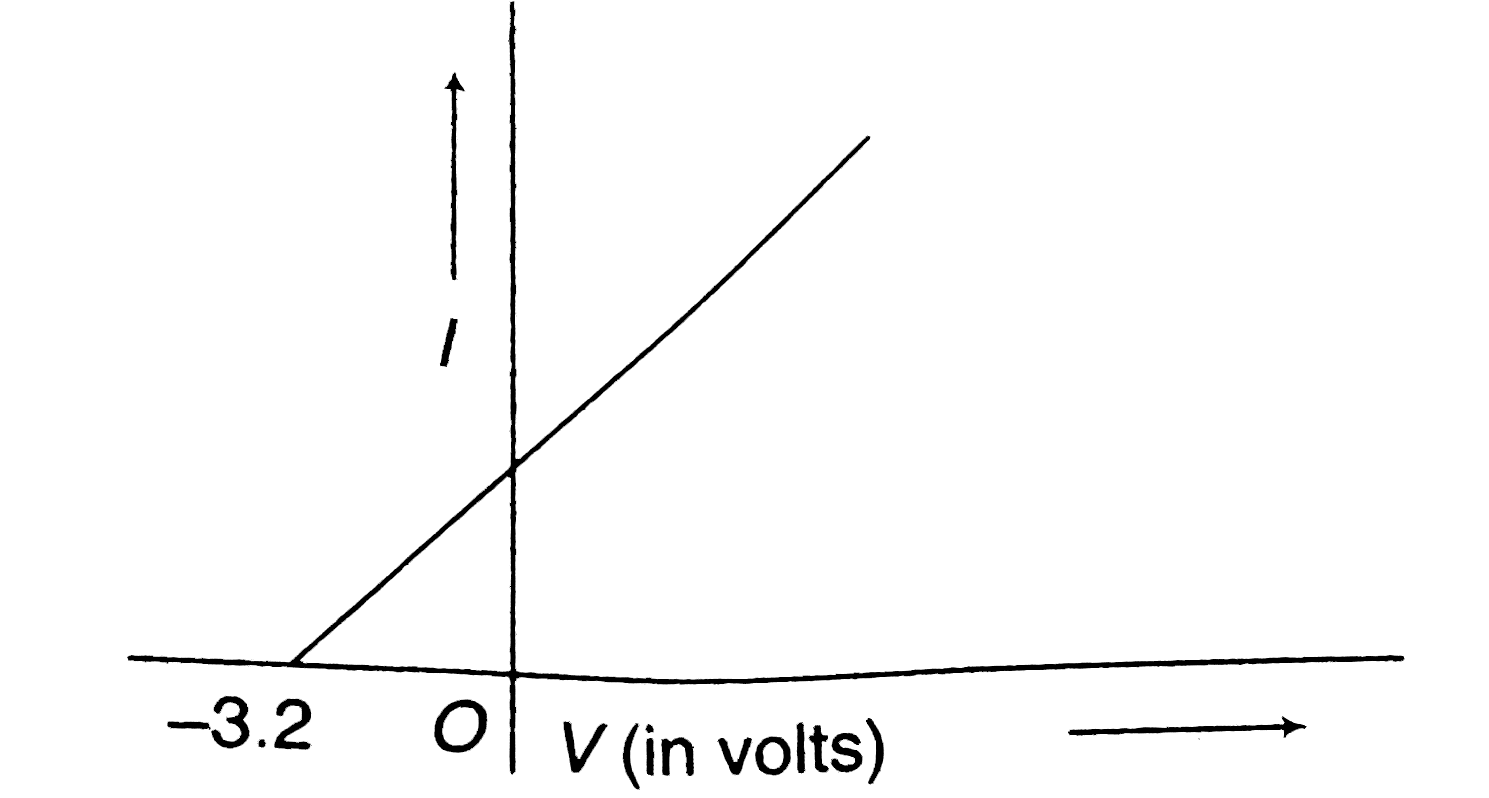
0.436×1018Hz
0.436×1017Hz
0.775×1016Hz
0.775×1015Hz
The correct Answer is:C
Step by step video, text & image solution for In a photoelectric experiment the relation between applied potential difference between cathode and anode V and the photoelectric current cathode and anode V and the photoelectric current l and was found to be shown in graph below. If planck's constant h=6.6xx10^(-34)Js, the frequency of incident radiation would be nearly (in s^(-1)) by Physics experts to help you in doubts & scoring excellent marks in Class 12 exams.
Topper's Solved these Questions
Similar Questions
In photoelectric experiment the plot between anode potential and photoelectric current is shown in figure 2.3.1. Which of the following is correct:
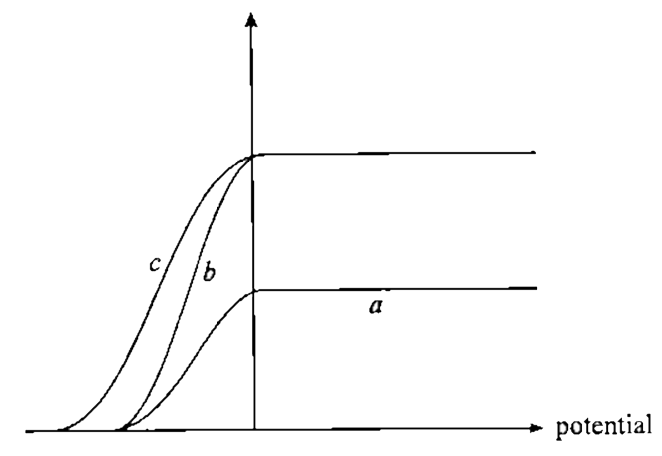 View Solution
View SolutionIn photoelectric effect experiment potential difference between plates increases keeping incident light on cathode plate remains unchanged which of the following is correct about saturation current :
View Solution
Knowledge Check
- Question 1 - Select One
In photoelectric effect , the curve between photoelectric current and anode potential V (for different frequencies ) is shown in figure , then
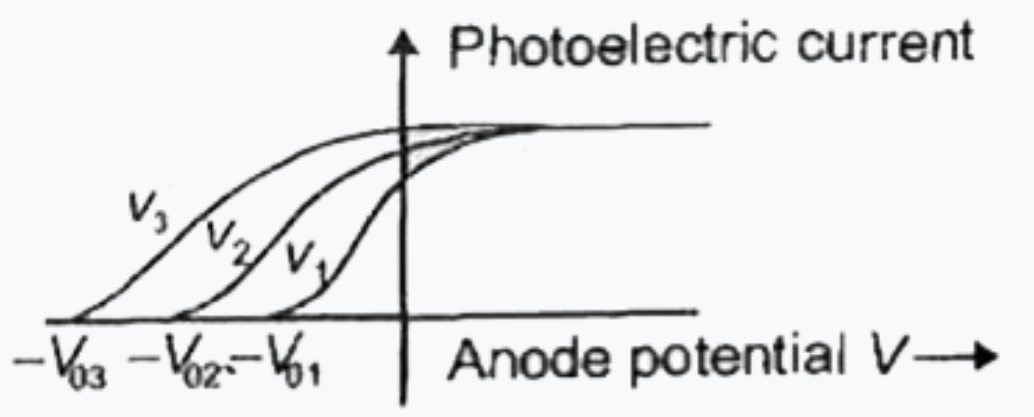 Av1>v2>v3Bv1<v2<v3Cv1=v2=v3Dv1>v2<v3
Av1>v2>v3Bv1<v2<v3Cv1=v2=v3Dv1>v2<v3 - Question 2 - Select One
In photoelectric effect the slope of straight line graph between stopping potential (Vs) and frequency of incident light (v) gives
 A10−14B5×10−14C4×10−15D4×10−34
A10−14B5×10−14C4×10−15D4×10−34 - Question 3 - Select One
In a photoelectric experiment, the reciprocal of the slope of the straight line graph giving the relation between the stopping potential and the frequency of incident radiation gives
AhBeCheDeh
Why wave theory of light could not explain the photoelectric effect ? State two reasons. Draw graph between anode potential vs photoelectric current .
View SolutionIn an experiment on photoelectic effect, the graph as shown in fig. were obtained between the photoelectric current (I) and the anode potential (V). Name the characterstic of the incident radiation that was kept constant in this experiment.
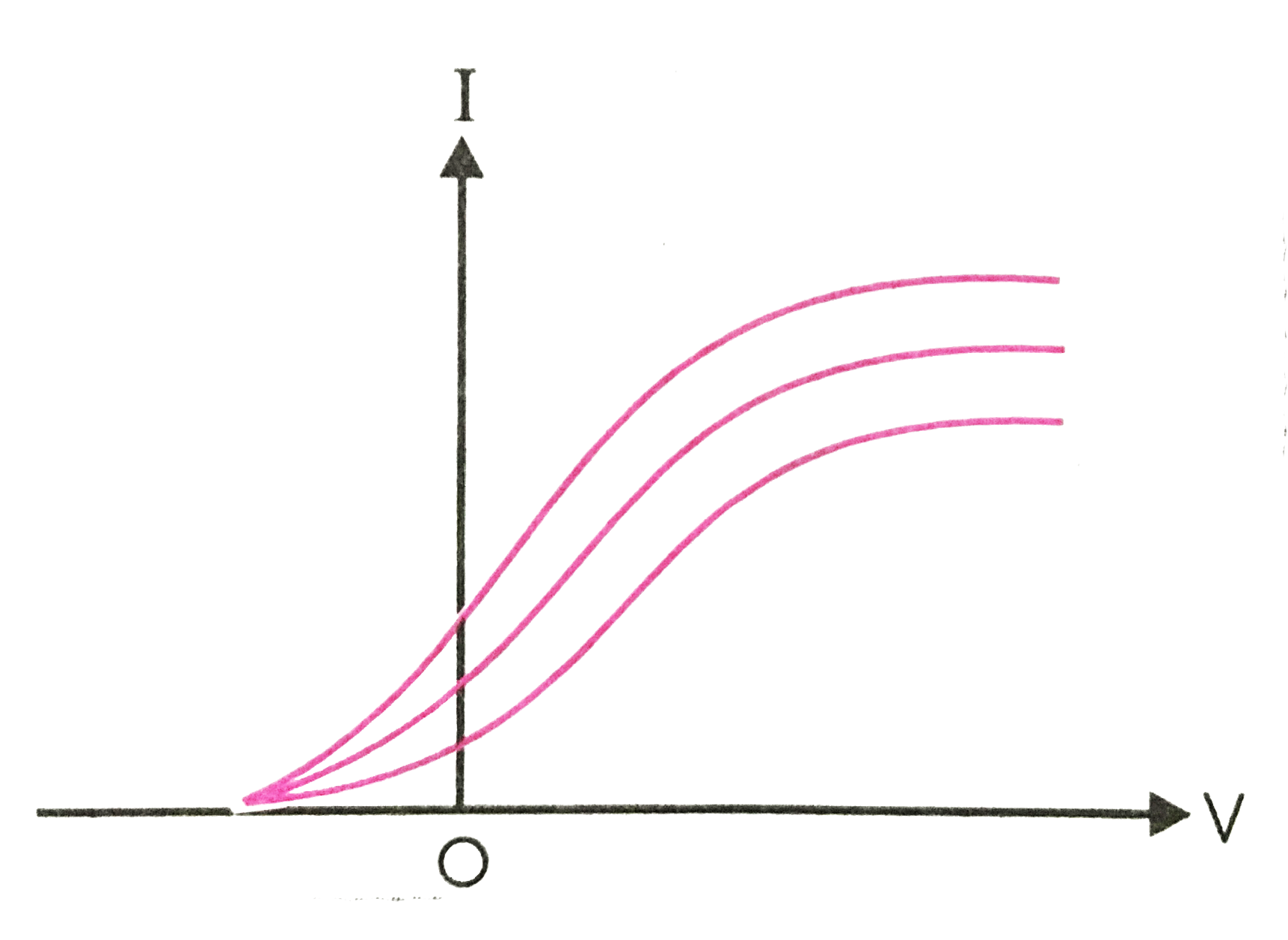 View Solution
View SolutionIn a photoelectric effect experiment, the graph of stopping potential V versus reciprocal of wavelength obtained is shown in the figure. As the intensity of incident radiation is increased :
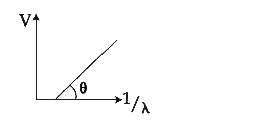 View Solution
View SolutionA photoelectric cell is connected to a source of variable potential difference, connected across it and the photoelectric current resulting (μA) is plotted against the applied potential difference (V). The graph in the broken line represents one for a given frequency and intensity of the incident radiation. If the frequency is increased and the intensity is reduced. Which of the following graphs of unbroken line represents the new situation?
 View Solution
View Solution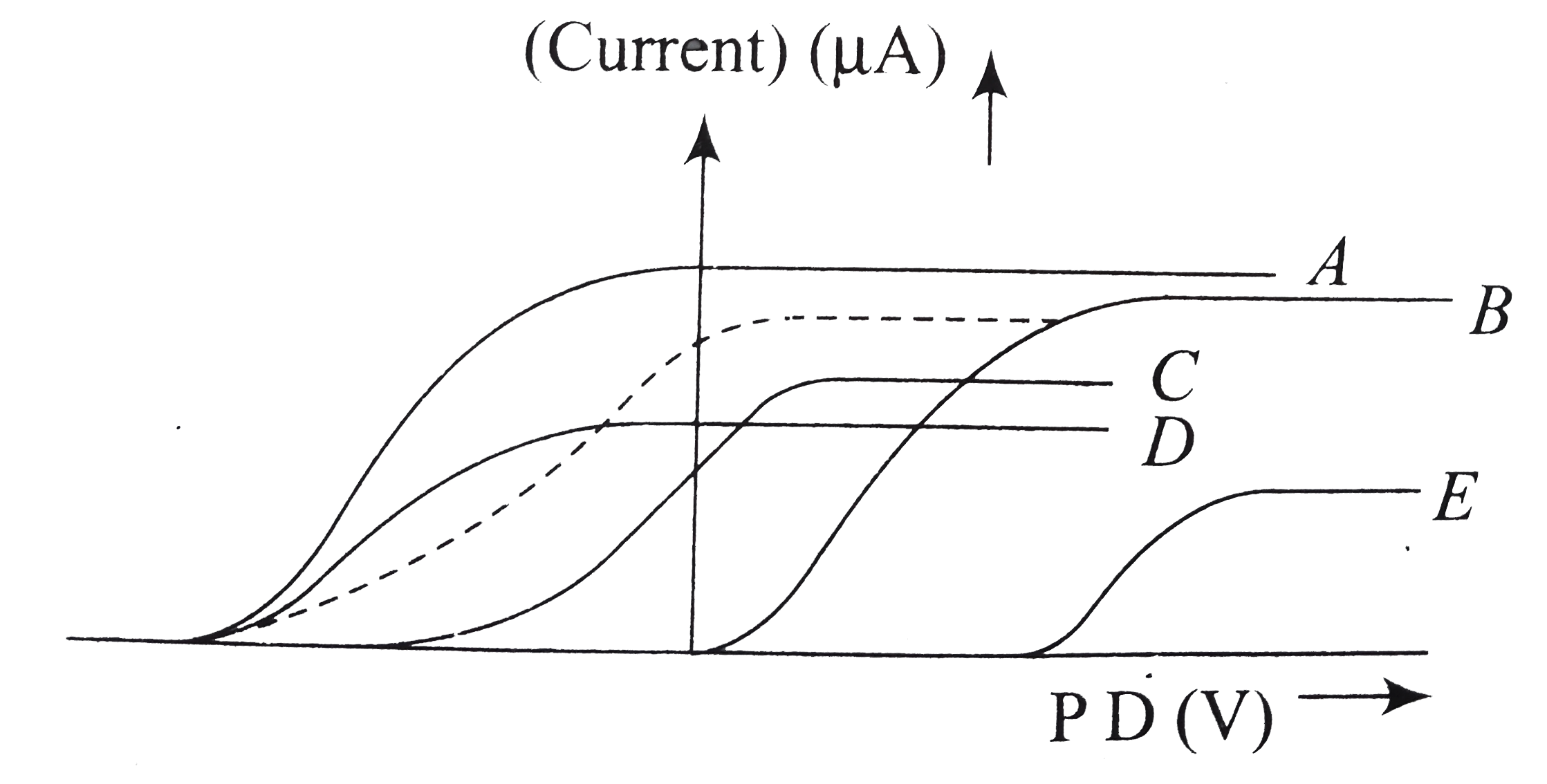
A photoelectric cell is connected to a source of variable potential difference, connected across it and the photoelectric current resulting (μA) is plotted against the applied potential difference (V). The graph in the broken line represents one for a given frequency and intensity of the incident radiation . If the frequency is increased and the intensity is reduced, which of the following graphs of unbroken line represents the new situation?View Solution
